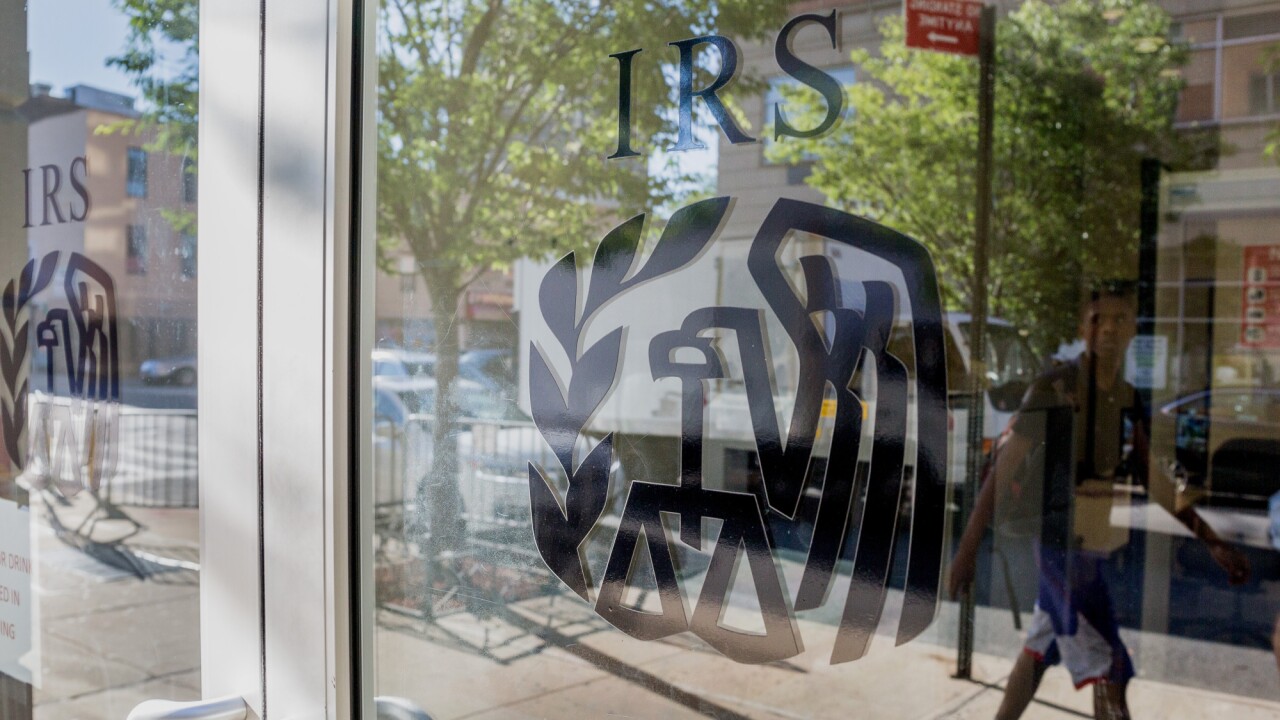The accounting profession is a prime example of how AI is reshaping entry-level roles. Tasks once performed by junior staff — data entry, reconciliations, audit sampling, basic tax preparation — are increasingly automated. AI systems can sort financial records, find anomalies, and even suggest journal entries faster and more accurately than humans.
In this evolving environment, the value of a new hire lies not in what they can compute, but in how they communicate. Firms are looking for professionals who can translate data into insights, interact with clients and collaborate across teams. A noncommunicative employee, no matter how intelligent, is at risk of being replaced by a machine that does the same work — without the paycheck or benefits. Accounting educators now face a dual challenge: teaching technical fluency while also cultivating professional presence, critical thinking, and client communication. These soft skills are what will differentiate human professionals from their digital counterparts.
The "Gen Z stare"
Generation Z — those born between 1997 and 2012 — has come of age in a world defined by unprecedented technological change, social upheaval, and economic uncertainty. Raised on smartphones, social media and instant access to information, Gen Z is often characterized as independent, pragmatic, and digitally fluent. At the same time, this generation is often described as more anxious, skeptical and disengaged than its predecessors — a combination that has given rise to a cultural phenomenon known as the 'Gen Z stare.'
In the classroom, the Gen Z stare is not just a meme — it's a daily reality. Educators increasingly report a noticeable lack of responsiveness from students, particularly in traditional discussion-based settings. Questions that once invited open dialogue are now often met with silence, blank stares, or disengaged body language. While this may stem from anxiety or digital fatigue, the pattern is unmistakable: a growing reluctance to speak, ask questions, or take part actively. This change is noticeable since we returned to the classroom after the pandemic.
This disengagement has implications beyond the classroom. It suggests a troubling gap in the development of essential communication skills — skills that are not only expected in the workplace but are uniquely human. If students graduate with strong technical knowledge but weak interpersonal abilities, they risk being indistinguishable from AI tools that can already deliver information without emotion or conversation.
What is the Gen Z stare?
The "Gen Z stare" refers to a blank, expressionless look — often deployed in reaction to emotionally charged or overly performative content. Seen widely in memes and TikTok videos, it has become emblematic of the generation's ironic detachment. It communicates disinterest, disbelief or exhaustion without saying a word. For some, it's a coping mechanism; for others, it's a challenge to traditional expectations around enthusiasm, politeness and social conformity. This is real. The appearance of disinterest is not only concerning, but this cultural expression may have unintended consequences when it moves from the screen into the workplace.
AI: The ultimate Gen Z stare?
Artificial intelligence tools, from customer service bots to automated research assistants, are emotionless, efficient and impartial. In a way, AI shows the ultimate version of the Gen Z stare: it listens silently, responds without enthusiasm, and never betrays emotion. It's calm, disengaged and unbothered — and it performs tasks with machine-like consistency.
Herein lies the irony: if the traits communicated by the Gen Z stare — emotional detachment, minimal engagement, and passive affect — are what we're hiring for, then AI already does it better.
A shifting labor market
The rise of AI is rapidly transforming the labor market. According to recent industry forecasts, as much as 30–40% of entry-level administrative, legal, accounting and customer service positions may be changed or replaced by AI within the next decade. AI excels at:
- Processing repetitive tasks;
- Handling structured decision-making;
- Providing instant access to data; and,
- Performing without complaint, emotion or fatigue.
In contrast, the skills that will remain human and in-demand are:
- Emotional intelligence and collaboration;
- Creative problem-solving;
- Strategic thinking; and,
- Active communication and engagement.
These are the very traits that the Gen Z stare seems to mock.
A hypothesis: The stare is counterproductive in the age of AI
All generations have had their quirks. But this Gen Z style is in complete dissonance with the changing demands of the workforce. As AI automates what is robotic, what stays valuable is precisely what is human: adaptability, initiative, emotional engagement, and thoughtful communication. If the Gen Z stare becomes the default affect in interviews, meetings, or collaboration, it could be misinterpreted as a lack of interest, capability or drive — qualities that AI cannot replace, but employers still desperately need.
Thus, my hypothesis is the disaffected and disengaged demeanor symbolized by the Gen Z stare is increasingly misaligned with the essential skills needed to thrive in an AI-driven workforce.
Reclaiming the advantage of being human
This is not a condemnation of an entire generation. Gen Z brings essential digital fluency, social awareness, and resilience to the workplace. But in a job market where AI is already outperforming humans at neutrality, disengagement and efficiency, it will be empathy, initiative and authentic human connection that set candidates apart.
Put simply: If we're hiring for the Gen Z stare, we might as well hire a robot. But if we are looking for innovation, leadership, and emotional intelligence, those need something only humans — preferably awake, engaged ones — can offer. That will be my message in the classroom this coming year.




